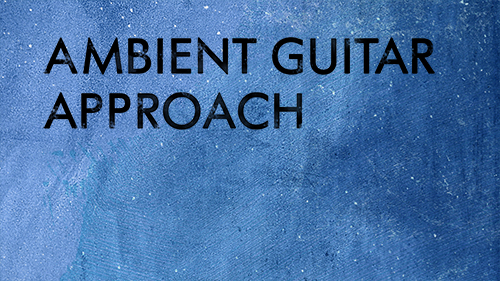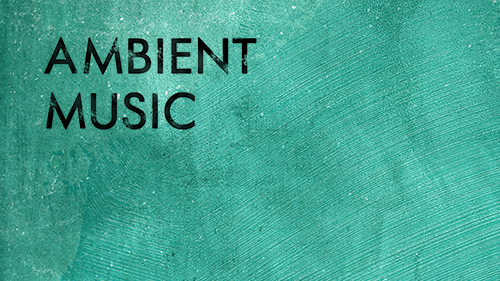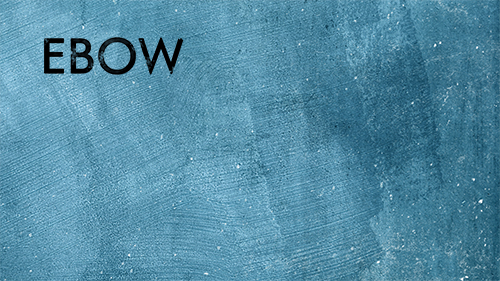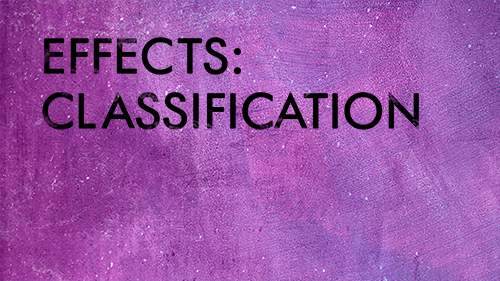Ambient music
Ambient music is a “genre of music that puts an emphasis on tone and atmosphere over traditional musical structure or rhythm” [1].
As a genre Ambient has wide and washed out boundaries. Some electronic sub-genres are based on clear rhythmic structures while others imply no rhythm at all. The common for them all is a tonal component – extensive sound textures, pads and feel of wide spatial “ambience” in general.
I have no intention to make a comprehensive encyclopedic article about Ambient music development, but some historical notes and some names surely deserve to be highlighted.
 Ambient music roots back to “furniture” music of Eric Satie [2]. This music was planned to be background music for different casual activities. It was supposed to consist of indefinite number of repeats of short musical phrases. Another musical precursor of Ambient was impressionism with such representative as Claude Debussy.
Ambient music roots back to “furniture” music of Eric Satie [2]. This music was planned to be background music for different casual activities. It was supposed to consist of indefinite number of repeats of short musical phrases. Another musical precursor of Ambient was impressionism with such representative as Claude Debussy.
Furniture music ideas were later developed by John Cage and minimalist composers like La Monte Young, Terry Riley, Steve Reich, Philip Glass and others.
The term “Ambient” is attributed to Brian Eno who used it to describe music that can be either "actively listened to with attention or as easily ignored, depending on the choice of the listener", and that exists on the "cusp between melody and texture".
Starting from the 1970s many groups and performers played music that can be considered “ambient”. Pink Floyd, Yes, Tangerine Dream, Can, Kraftwerk, Miles Davis, Michael Oldfield, Jean-Michel Jarre, Klaus Schulze, Vangelis, Eduard Artemiev to name a few.
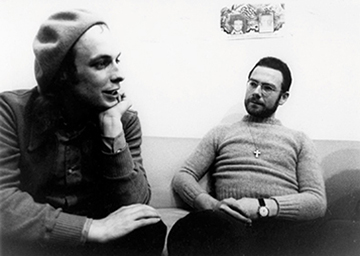 A great contribution to development of Ambient Guitar music was a collaboration of King Crimson’s founder Robert Fripp and Brian Eno. “No Pussyfooting” published in 1973 explored creative possibilities of tape-to-tape looping technique that later was called “Frippertronics”. The development of a looping sound system doesn’t belong to Eno or Fripp though. Terry Riley and Pauline Oliveros are supposed to be pioneers to use this looping technique in the early 1960s. But nevertheless Fripp and Eno were those who made it well-known to public at large.
A great contribution to development of Ambient Guitar music was a collaboration of King Crimson’s founder Robert Fripp and Brian Eno. “No Pussyfooting” published in 1973 explored creative possibilities of tape-to-tape looping technique that later was called “Frippertronics”. The development of a looping sound system doesn’t belong to Eno or Fripp though. Terry Riley and Pauline Oliveros are supposed to be pioneers to use this looping technique in the early 1960s. But nevertheless Fripp and Eno were those who made it well-known to public at large.
At the end of XXth century Ambient music represented itself as a mixture of many different sub-genres and most of them belonged to electronic music – music composed and performed with the help of synthesizers, samplers and sequencers of all types. All-round evolution and expansion of computer technologies which became, moreover, extremely affordable brought to life huge amount of studio and homemade recordings in all genres possible including Ambient subspecies.
Live performers furnish themselves these days with new powerful tools that let one musician sound like a big orchestra playing solo. Software like Ableton Live, virtual instruments, midi controllers on the one hand and sophisticated stomp boxes, samplers and synthesizers on the other hand gave way to boundless possibilities. All stated above equally refers to guitar players.
We live in a controversial and contentious, but undoubtedly interesting time. Time full of challenges and possibilities, time that gives us any tools we can ever imaging to express our creativity. It’s for us to decide what tools to choose and how to use them. This web-site was meant to share with you the knowledge and experience I got using some of those tools.



